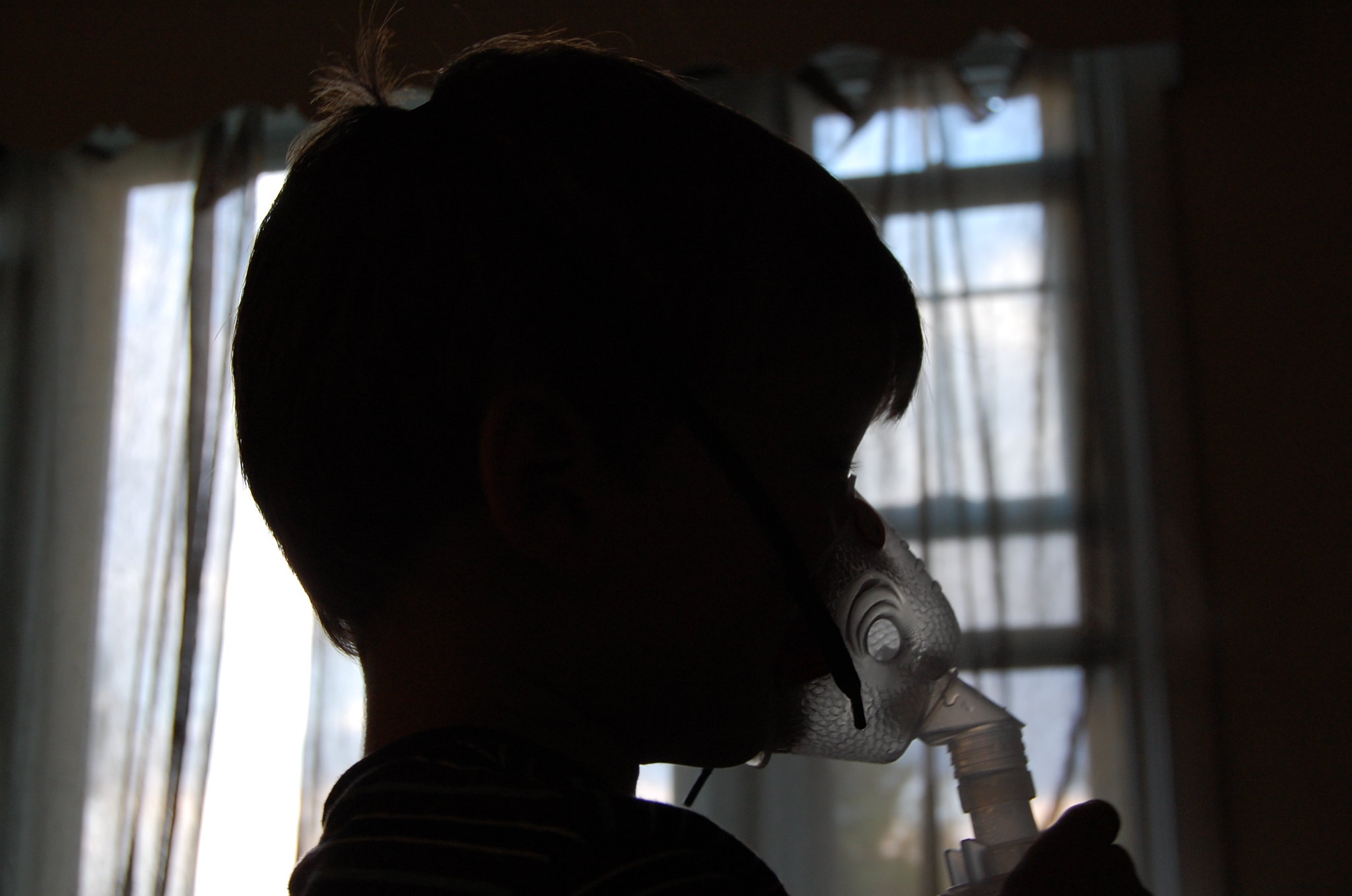In recent years, the startling public health trend once dubbed “The Asthma Epidemic” has been tentatively leveling off. With fewer cases of asthma diagnosed overall relative to previous years, Americans seem to be breathing easier. But despite this positive population-wide analysis, high rates of the disease persist among select subgroups, namely minority children. Incidence of the chronic respiratory condition in this population is a dilemma overlooked now more than ever. As a fully treatable illness with a low mortality rate, asthma attracts little fundraising attention because its detrimental effects are more invisible, as are the very people who suffer most from the disease. Asthma’s true burden must be quantified in socioeconomic terms in order to understand the full scope of suffering that the disease creates, particularly in these low-visibility young minority communities.
African American children are more likely to develop asthma than any other demographic. Over 13% of Non-Hispanic Black children are currently living with the condition, as compared to just 7.3% of Non-Hispanic white children. Severe racial disparities also exist in terms of treatment and health outcomes for asthmatic patients: black children are hospitalized 4.5 times more often than their white peers and are 7.1 times more likely to die of the condition. This disparity is likely entirely caused by socioeconomic conditions. The heightened risk for black children is largely due to the fact that asthma incidence and severity is most influenced by exposures to certain air pollutants, and a person’s likelihood of coming into contact with these impurities is largely decided by decided by the quality of their living space.
Significant factors include home or workplace proximity to known high-volume pollutant producing sites, such as major highways, power plants, incinerators, etc., as well as “home quality” of the asthmatic’s residence. This term refers to structural conditions within the home that either facilitate or impede the harboring of common asthma triggers, such as mold, dust mites and cockroaches. These factors are heavily associated with low-income neighborhoods. Low income Americans experience less agency in buying or renting homes, as choice of residence is inherently limited by poverty. Oftentimes the most affordable properties are those within close geographic proximity to pollution sources and in poor structural condition. Extensive and well-documented income disadvantages burden African Americans and thus they constitute a disproportionately large percentage of the low-income demographic. This disparity is particularly extreme in the context of childhood, with 33% of black children living in poverty, relative to 11% of white children and 18% of all children in America. Thus, asthma’s most frequent victims are also the most impoverished. The secondary socioeconomic consequences of asthma are most acutely felt by the low-income demographic, where the disease is also the least visible, furthering the misinformed notion that asthma is a low-priority public health concern.
Asthma is a socially disruptive and economically onerous force, and its consequences extend far beyond medical morbidity. Asthma creates a significant social burden on both afflicted individuals and the structural systems in which they operate. In 2008, for example, the disease directly contributed to 10.5 million missed school days and 14.2 million missed days of work across the American population. In children ages 5-17, asthma is a top reason for absenteeism in school; this is significant because regularity of attendance is strongly correlated with academic performance and likelihood of graduation. In adults, absenteeism at work can result in withheld payments and even firing, both of which can have a disastrous effect on the already-precarious economic state of most low-income families.
In addition to being socially detrimental, Asthma is also a lifelong financial obstacle, especially for those with limited or nonexistent healthcare coverage. When accounting for various direct and indirect expenses, asthma costs the United States approximately 56 billion dollars annually. These statistics are made even more meaningful when applied to the individual – the CDC currently estimates the individual cost of asthma at $3266 per year, with the bulk of that value coming from prescriptions. Because of the high cost of prescription rescue inhalers, 55% of asthmatic adults and 75% of asthmatic children are not committed to the purchase and use of their asthma control medication. Inconsistent use of prescription inhalants leads to dependency on emergency room care, the cost of which totals to about $1500 for each asthma-related ER visit. These costs can signify catastrophe for low-income families. Asthma has rippling negative socioeconomic impacts in these vulnerable communities, a reality that is all too often perceived as secondary to medical data regarding the relatively low number of annual deaths asthma causes.
It is difficult to quantify the secondary social and financial effects of Asthma, especially because they so disproportionately burden underrepresented demographic groups. Even with the inherently limited capacities of collected data, asthma is currently ranked the seventh most expensive chronic illness for taxpayers the United States. Despite asthma’s high capacity to engender financial strain in both medical and socioeconomic contexts, fundraising for the disease generates relatively little attention. For example, the Asthma and Allergy Foundation of America, the USA’s premier association for asthma fundraising and awareness, raised about 3.7 million dollars in revenue in the past fiscal year. For comparison, the American Heart Association and American Cancer Society raised 852 million and 808 million dollars in revenue respectively over the past year. These organizations are representative of other comparative top-10 most costly conditions, heart disease, stroke and cancer, conditions that are for the most part met with far more national urgency. The qualitative and quantitative burden of asthma is very high, particularly in low-income minority children. Asthma research, treatment and prevention deserve more national attention and awareness. Thus emerging data that asthma is increasingly well-controlled across America is harmful, because it is reported far too generally and disregards vulnerable subgroups left behind by this positive trend.
Photo: Image via KristyFaith (Flickr)
